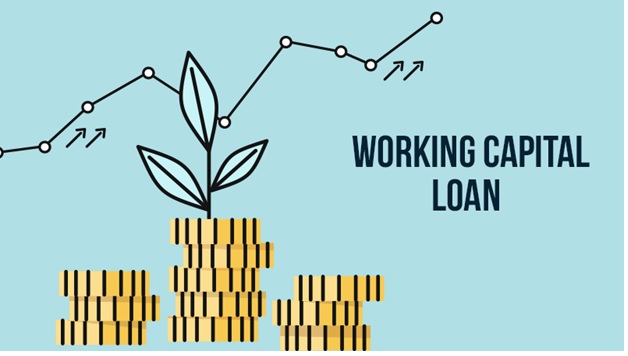Strong aftershock rattles survivors of deadly Indonesian quake
What’s the Difference Between an Unsecured and Secured Working Capital Loan?
Published on August 9, 2018
It is important to explore various financial options when it comes to running a business successfully and in most cases it comes down to how the business is managing the cash flow. If the business runs short of cash at any point of time and must apply for a working capital loan, then it would be a good idea to know about secured and unsecured working capital loan to make the best choice for the business. Here is a brief overview of both these kinds of loans.

Secured Working Capital Loans:
A secured Working Capital Loan is backed by a collateral in case the borrower defaults. There are various kinds of collaterals that one can offer to the creditor like real estate, equipments, vehicles and also personal assets or FD certificates. It depends on the lender which kind of collateral he would accept based on their policy. The advantage of a secured working capital loan is that they available at lower working capital loan interest rates as compared to an unsecured loan. Conventional lenders also mostly tend to offer secured loan, especially to new businesses and those businesses with an unconventional approach. In case there is no sufficient collateral to offer, the loan application could be rejected.
There are also some risks associated with a secure loan and some borrowers tend to find it difficult to accept the terms and conditions. In the case of default, one can risk losing a valuable asset and secondly, lenders often tend to undervalue collateral as much as possible so that they have to give out as little loan amount as possible. Moreover, an asset listed as collateral cannot be sold during the tenure of the loan unless it is replaced by another asset, which is often difficult to acquire. Moreover, the lender might not even agree to a replacement of asset and there is no surety they will value the second asset in the same manner. In case they undervalue the second asset, one has to provide other assets as well.
Unsecured Working Capital Loans
On the contrary, an unsecured working capital loan does not need any collateral to prove repayment obligations. It does not mean that repayment of the loan becomes optional ad nor does it mean that one change the terms and conditions. However, the borrower does not have to go through the added pressure of providing collateral and the loan application would be perused without a collateral or a guarantor standing in.
There is no need to pledge assets for security and so there is no need to worry about assets being undervalued or risk losing them. Hence, a lot of time is saved during the approval process which would have been otherwise spent on evaluating the collateral. The drawback here is that the interest rates are much higher but some banks and NBFCs like Bajaj Finserv, which have flexible working capital loan options, will allow you to make part prepayments, without incurring extra charges.
One should make a decision about which loan to choose based on one’s needs and their repayment capacity. If the businessman has an asset to offer and he is sure that he is going to pay off the loan and there is no risk of losing his asset, then a secured loan is a better option as he would get to enjoy lower rates of interest. Otherwise, one can always opt for an unsecured loan and a working capital finance would go a long way in mitigating all the operational costs of the business.


















